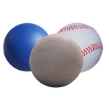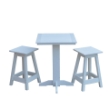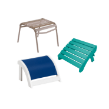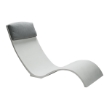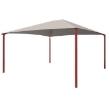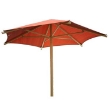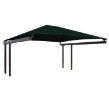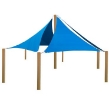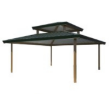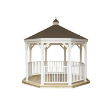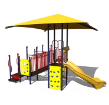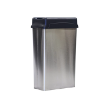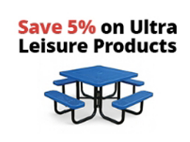"Where Furniture and Leisure Come Together to Make Life Better"
Questions? Call an expert: 1-800-213-2401
Close
- All Categories
- Picnic Tables
- Benches
- Pool Furniture
- Umbrellas
- Shades
- Trash Cans
- Park Grills
- Bike Racks
- Bleachers
- Park & Playground
- Quick Ship
- Sale
- Blog
Menu
- All Categories
- Back
- Picnic Tables
- Benches
- Pool Furniture
- Umbrellas
- Trash Cans
- Park Grills
- Bike Racks
- Bleachers
- Quick Ship
- Restaurant Furniture
- Shades
- Outdoor Seating Furniture
- Park & Playground
- Dog Park Equipment
- ADA Commercial Furniture
- Commercial Planters
- Concrete Bollards
- Bistro Patio Furniture
- RHINO Outdoor Furniture
- ELITE Outdoor Furniture
- Sale
- Picnic Tables
- Benches
- Pool Furniture
- Umbrellas
- Shades
- Trash Cans
- Park Grills
- Bike Racks
- Bleachers
- Park & Playground
- Quick Ship
- Sale
- Blog
Questions? Call an expert: 1-800-213-2401
RSS
Blog posts tagged with 'aluminum bleachers'
Blog search
Blog archive
- 2025
- 2024
- 2023
- 2022
- 2021
- 2020
- 2019
- 2018
- 2017
Popular blog tags
- 5 ways in-pool furniture enhances your pool space
- anchoring benches to prevent theft and movement
- branding opportunities with commercial benches
- commercial trash cans in promoting recycling
- custom concrete city benches
- different types of commercial trash cans
- different types of shade structures for cities
- essential seasonal maintenance tips for park bench
- exploring the latest trends at atlanta market 2025
- furniture leisure celebrates 20 years of partnersh
- how deep do built-in shade structures go down
- impact of shade structures in retail spaces
- impact of shade structures on parking lots
- importance of wind-resistance in shade structure
- leisure premium colombian verde libre coffee
- memorial benches: honoring loved ones
- modern design trends in park benches
- placement of trash cans to maximize usage
- pros and cons of different trash can materials
- selecting appropriate bench styles
- should schools have more playground equipment?
- space-saving furniture for small restaurant
- uv-resistant technologies in shade structures
- what are park benches made of
- what are the best shade structures available
Who we are
Furniture Leisure is a leading supplier of commercial site furnishings to many industries across the USA. Our clients range from National Parks, Schools & Universities, Hotels, Apartment Communities, HOAs, Restaurants, Office Complexes and more. As a family owned and operated company we take pride in servicing our customers with personal and professional care not found anywhere else in the industry.
Contact Us
- 2729 E Moody Blvd. Suite 104
Bunnell, FL 32110 - Sales: [email protected]
- 1.800.213.2401 (toll free)

















